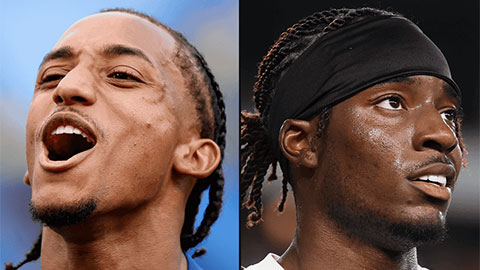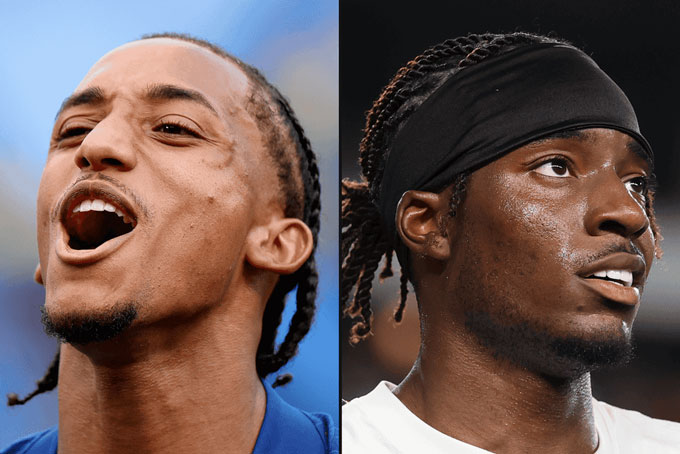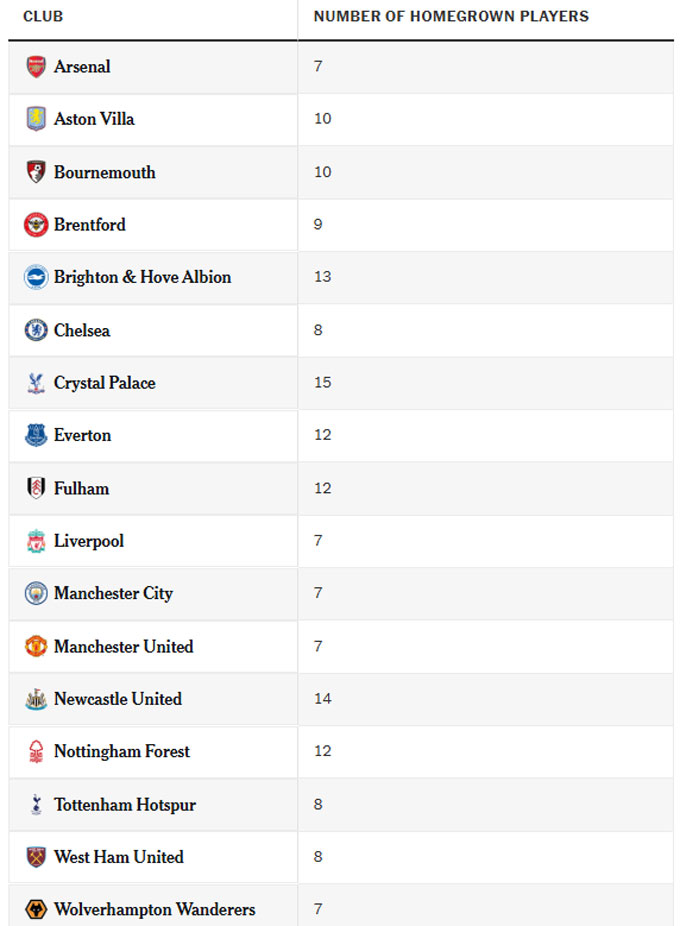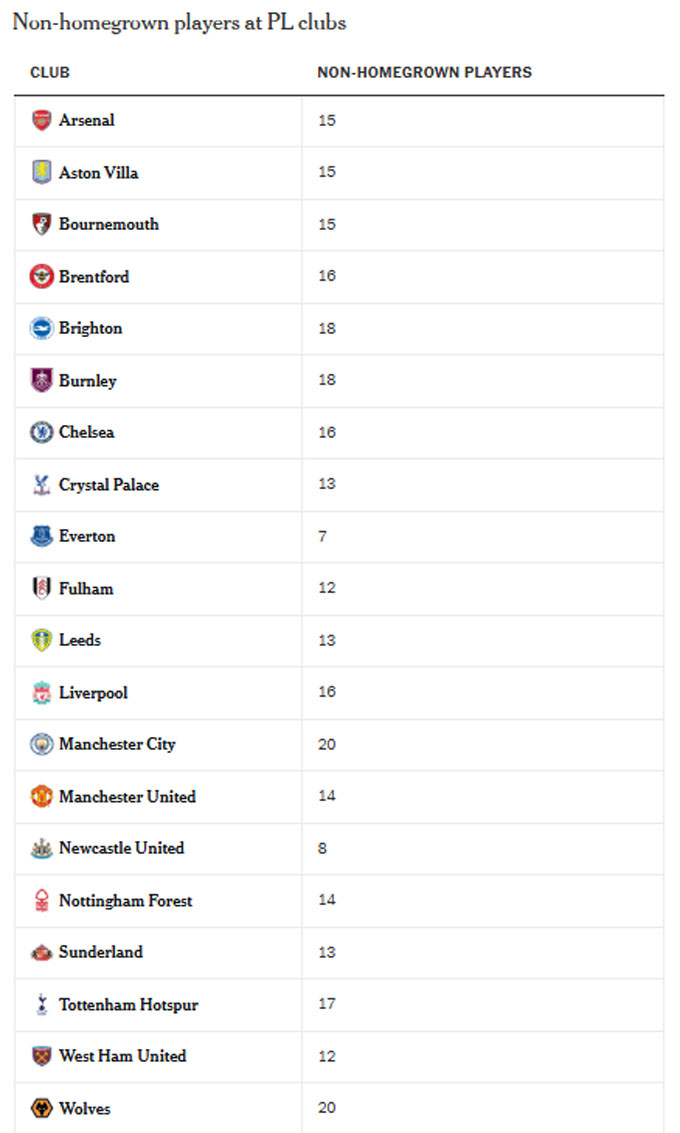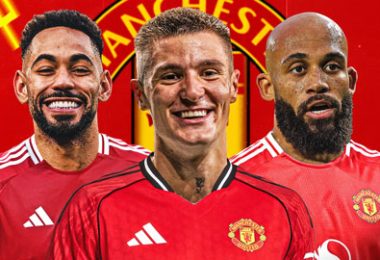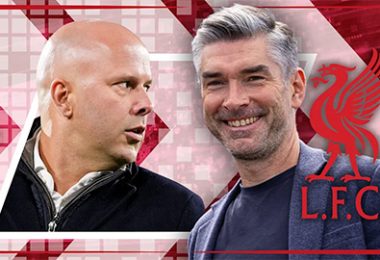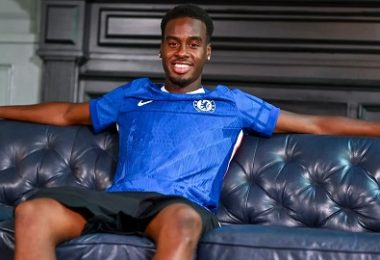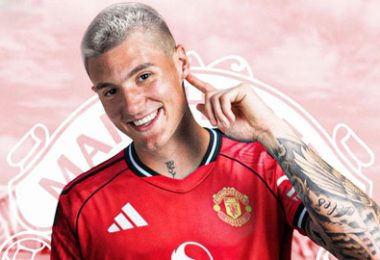Arsenal has recruited the British midfielder, Noni Madueke from Chelsea. Meanwhile, Chelsea bought the Brazilian player, Joao Pedro from Brighton. However, according to the Premier League regulations, only Joao Pedro is counted as “Homegrown Player”.
It sounds ridiculous, but the nationality or age does not decide whether a player is a domestic player or not. According to the definition of the Premier League, a player is considered “HomeGrown” if he has ever been registered for any club under the British Football Federation (FA) or Wales Football Federation (FAW) for at least 3 complete seasons before the 21st birthday, or as of the end of the season that the player turns 21 years old.
Madueke has left Tottenham to PSV (Netherlands) since he was a young player, so he was not eligible. Meanwhile, Joao Pedro joined Watford at the age of 18, so he reached the criteria “HomeGrown”.
Why is this regulation important? Because after the summer transfer ends on September 1, the Premier League clubs must submit a list of squads of up to 25 players. Among them, no more than 17 players do not meet the “HomeGrown” standard.
So who is “domestic player”?
A “HomeGrown” player can carry any nationality, as long as he has been registered for a FA or FAW club at least 3 seasons (no need for successive), before the 21 -year -old or the end of the season they turn 21 years old. The player who has been lending is still calculated.
With a maximum of 17 for players not “HomeGrown”, the remaining 8 in the list of 25 people is for the “HomeGrown” players. However, the club is not required to register 25 people. For example, a 21 player with 16 is not “HomeGrown” and 5 is “HomeGrown” is still valid.
In addition, players under 21 years old (ie from January 1, 2004 onwards for the 2025/26 season) do not need to register in the list of 25 people, but still eligible to play in the Premier League.
When turning 22 or 21 years old but born before January 1, they will be classified as “HomeGrown” or “Non-Homegrown”. A club if the HomeGrown player will be forced to rely on players under 21 years old to fill the team in matches.
How many HomeGrown players last season?
In the 2024/25 season, Arsenal, Liverpool, Man City, MU and Wolves are teams with the least domestic players (only 7). In contrast, Crystal Palace led with 15 domestic players, followed by Newcastle with 14.
So how does that affect the summer transfer period?
For teams lacking domestic players, they can prioritize recruiting players with “HomeGrown” or under 21 years old. The teams are also limited by the number of 17 foreign players (“Non-Homegrown”), so if they want to buy more, they are forced to sell or lend to avoid being eliminated from the registration list.
In contrast, Everton has only 7 foreign players and a total of 20 players in the squad. Therefore, The Toffees still have a lot of space to add forces.
Man City lost two domestic players this summer, the goalkeeper Scott Carson (although replaced by Marcus Bettinelli – also HomeGrown) and Kyle Walker. The future of Jack Greealish and James Mcatee (also HomeGrown) is unknown. Meanwhile, rookies like Rayan Ait -Nouri, Tijjani Reijnders are not domestic players, and Rayan Cherki is under 21 years old but Man City currently has 20 players outside the “HomeGrown” group – beyond the limit.
Wolves also sold two foreign players, Mathius Cuha and Ait-Nouri with a total value of 95 million pounds, with budget for shopping. However, after recruiting Fer Lopez from Celta Vigo and about to complete the Jhon Arias deal (27 years old, Fluminense), they still redundant three foreign players compared to the regulations.

